
oakbydesign
01423 593 794


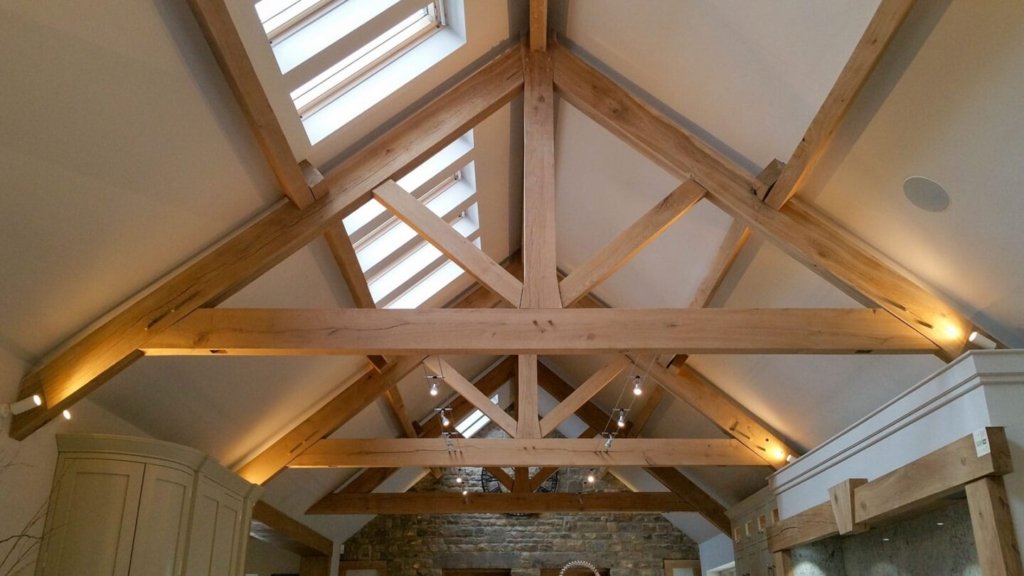
In the domain of architectural design, roofs serve as both functional and aesthetic elements that require meticulous planning and material selection.
From the versatile applications of traditional cut roofs that offer potential attic space conversions to the practicality of flat roofs designed for the best water drainage, each choice greatly impacts the structure’s efficiency and sustainability. The selection of materials—whether cost-effective asphalt shingles or durable metal roofing—further underscores the balance between budget and longevity.
Adding to this complexity, innovations like cool roofs and green roofing systems enhance thermal performance, posing intriguing questions about how a holistic approach can redefine roofing efficiency.
In the intricate domain of architectural design, roof structures serve as the foundational cornerstone, balancing technical precision with aesthetic finesse and sustainable considerations.
Traditional cut roofs, with a steep pitch, enable attic space conversions while demanding expert craftsmanship.
Flat roofs, characterised by their minimalist appeal, facilitate efficient water drainage and support green roofing systems.
Trussed roofs, including fink and attic variants, offer cost-effective, lightweight solutions for rapid construction.
Structural Insulated Panels (SIPs) present pre-insulated, easily assembled options ideal for straightforward designs.
Curved roofs, adding a dynamic visual component, elevate architectural sophistication.
Each roof structure type integrates aesthetic and functional attributes, meeting diverse architectural requirements while promoting sustainability and energy efficiency.
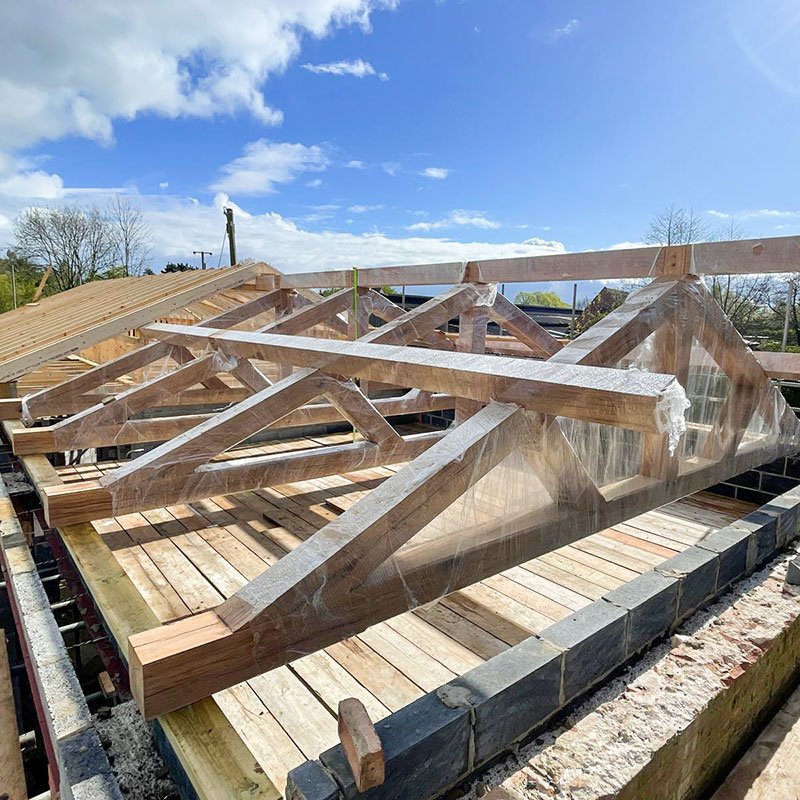
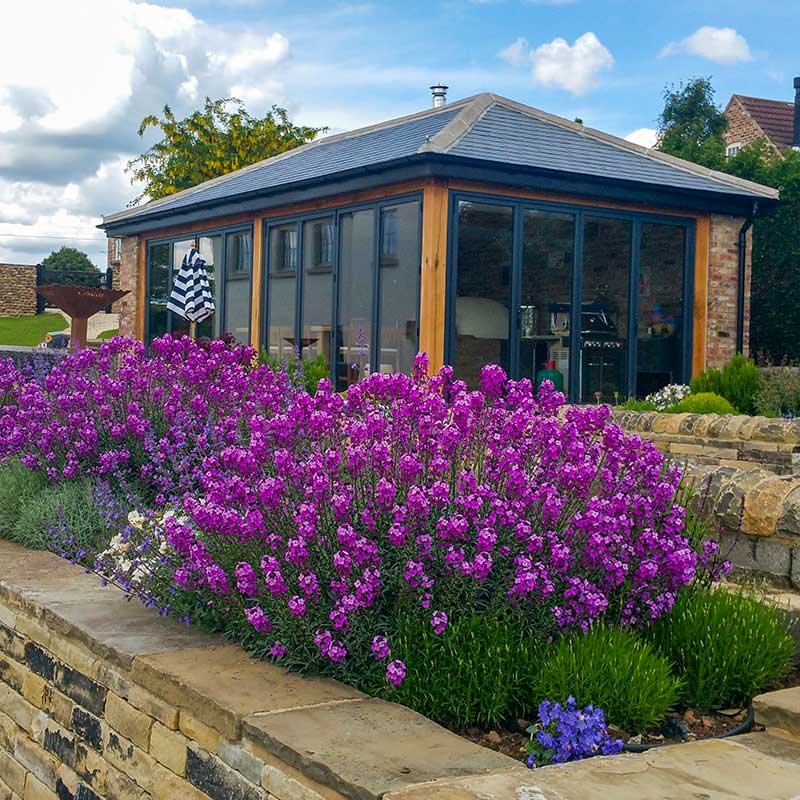
Understanding the wide range of roofing types is essential to fully addressing both architectural aesthetics and functional performance.
From the simplicity of flat roofs, which promote efficient water drainage and support green systems, to the classic appeal of gable roofs, known for their effective runoff and visual symmetry, each type offers unique benefits.
Hip roofs, with their sloped sides, provide enhanced stability and wind resistance. Truss roofs, such as fink and attic variants, are lightweight and expedite construction processes.
Stick-built or cut roofs, with their steep pitches, allow for attic conversions but require skilled craftsmanship. Each roofing type must be selected with an eye towards both aesthetic integration and sustainable performance to optimise overall efficiency.
Choosing the suitable roofing material is essential for achieving a balance between structural durability, aesthetic appeal, and long-term sustainability.
Asphalt shingles, known for their cost-effectiveness and variety, offer decent durability and a wide range of colours.
Metal roofing, prized for its longevity and recyclability, provides excellent resistance to extreme weather conditions.
Clay and concrete tiles, with their distinctive aesthetic, are highly durable and energy-efficient but require robust structural support.
Wood shingles and shakes offer a natural look, though they necessitate regular maintenance.
Lastly, green roofs and solar tiles represent the pinnacle of sustainability, promoting energy efficiency and reducing environmental impact.
Each material choice should align with the specific architectural requirements and environmental considerations of the project.
Evaluating the cost considerations of roofing requires a thorough evaluation of variables. These include roof dimensions, material grade, pitch steepness, and labour expenses. Roof dimensions directly affect the volume of materials needed and the amount of labour required. The roof pitch can greatly influence installation complexity and costs. High-grade materials like slate or metal offer extended durability but involve higher initial expenditures.
Labour costs fluctuate based on regional rates and project intricacies. Additionally, specialised features such as skylights or chimneys will elevate costs due to their complex sealing requirements. Prioritising sustainable materials, such as cool roofs or reflective coatings, can mitigate long-term energy expenses. This emphasises a balance between upfront investment and enduring efficiency.
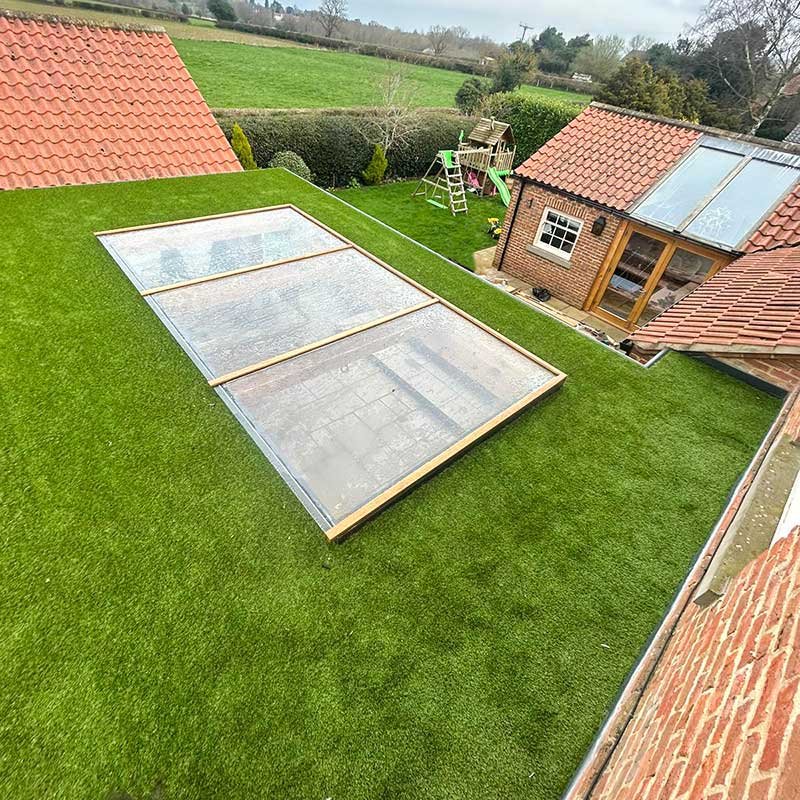
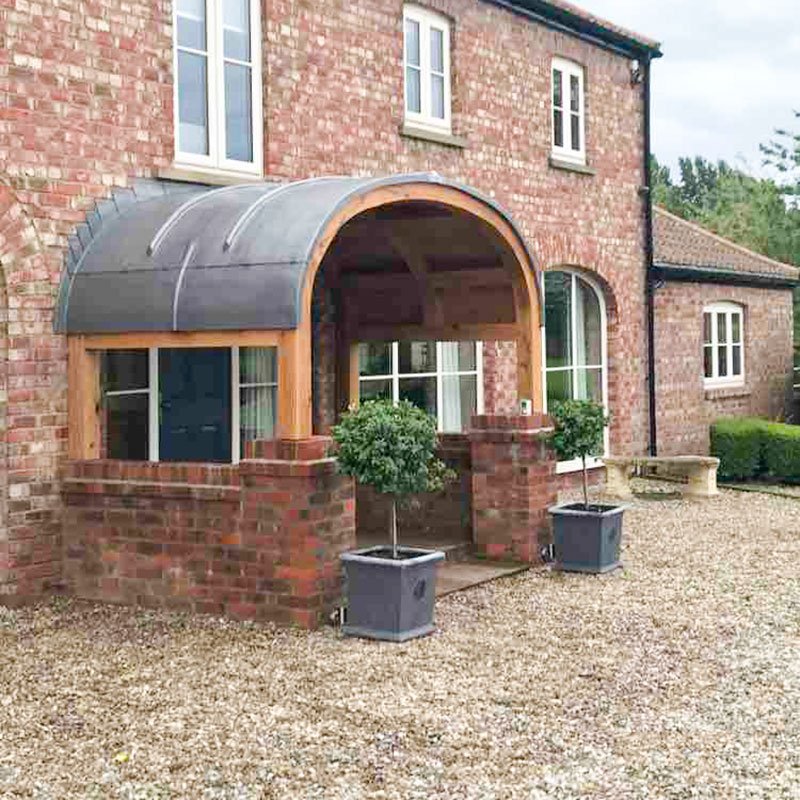
Enhancing roofing efficiency involves integrating energy-saving technologies like cool roofs and reflective coatings to reduce thermal loads and improve insulation.
Cool roofs, with their higher solar reflectance, minimise heat absorption, thereby lowering interior temperatures and reducing reliance on air conditioning.
Reflective coatings, applied to various roofing materials, further augment this effect by reflecting more sunlight and dispersing heat.
Additionally, advanced insulation techniques, such as structural insulated panels (SIPs), enhance thermal performance and reduce energy consumption.
Green roofing systems, incorporating vegetation, not only provide natural insulation but also contribute to urban biodiversity and stormwater management.
Telephone: 01423 593 794
Locksley Park
Blind Lane
Tockwith
YORK YO26 7QJ
Opening Times:
Mon to Fri - 9.00am to 5.00pm
Bank Holidays - Closed
Christmas 2025- TBC
Oak By Design is the trading name of:
Oak By Design Ltd.
Reg Number: 04384416
VAT Number: 664 8012 33